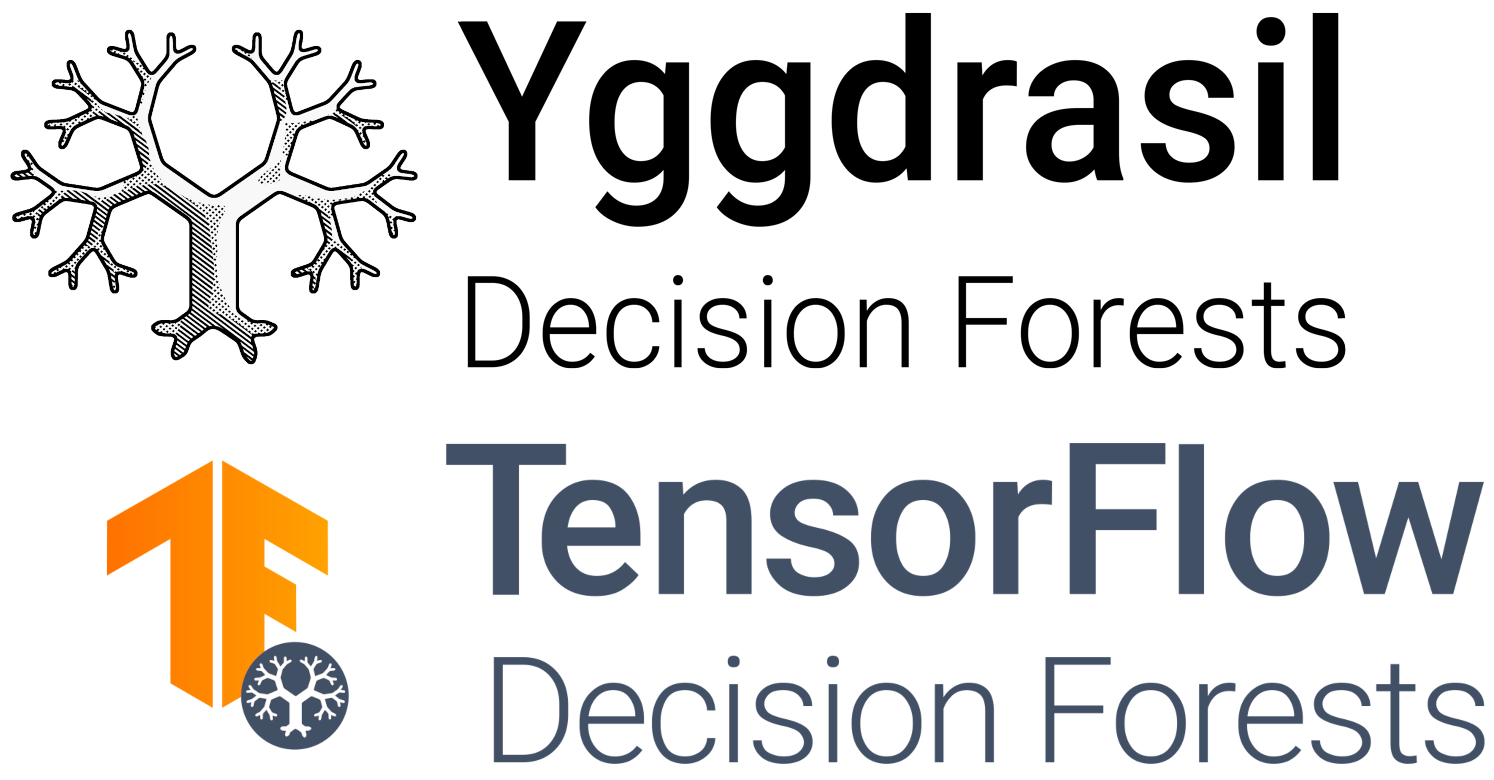Why decision forests?#
Decision forests are a type of machine learning model for supervised learning (classification, regression, ranking, and uplifting).
Benefits#
Decision forests have a number of strong benefits:
They have few hyperparameters, and those parameters have good default values providing good results. This means decision forests are easy to train.
They natively handle numeric features, categorical features, missing features and text. This means they require little to no data preprocessing, saving time and reducing sources for error.
They generally give good results out of the box and are robust to noisy data. This means decision forests is a great first technique to try when faced with a new machine learning problem.
They offer interpretable properties. This means you can understand how they make their predictions.
They infer and train very fast. This means you can run them on small devices or at a very large scale with little costs.
Note
Decision forests are used in 60% of the top-5 solutions in Kaggle competitions.
Where they work well#
Decision forests are especially suited for tabular data such as databases or spreadsheets. In addition, decision forests are efficient for signal integration (i.e., aggregating the signals of multiple subsystems; possibly made with machine learning models).
Where they don’t work well#
Decision forests are not well natively suited images, texts, time series data or graph data. On such type of data, neural networks generally perform better.
For advanced users, training a decision forest on top of a pre-trained neural networks is a great path for combining the strengths of decision forests and neural networks on non-tabular data. For more information check out this tutorial on Google Colab.
Note
Learn more about decision forests algorithms in our Decision Forests class on the Google Developer website. Understanding how decision forests work is not necessary for using this library, but helps gaining a deeper understanding of the algorithm’s results. Also, decision forests are fun!
